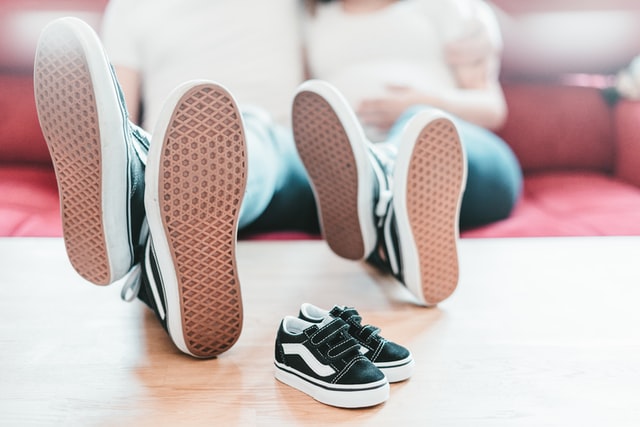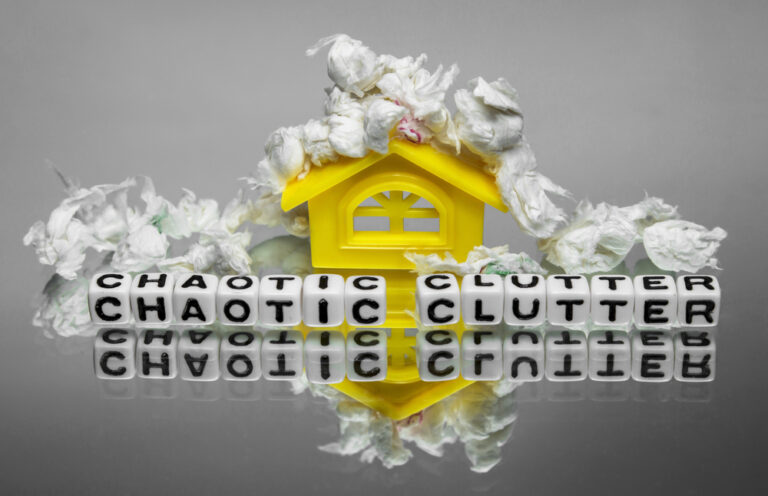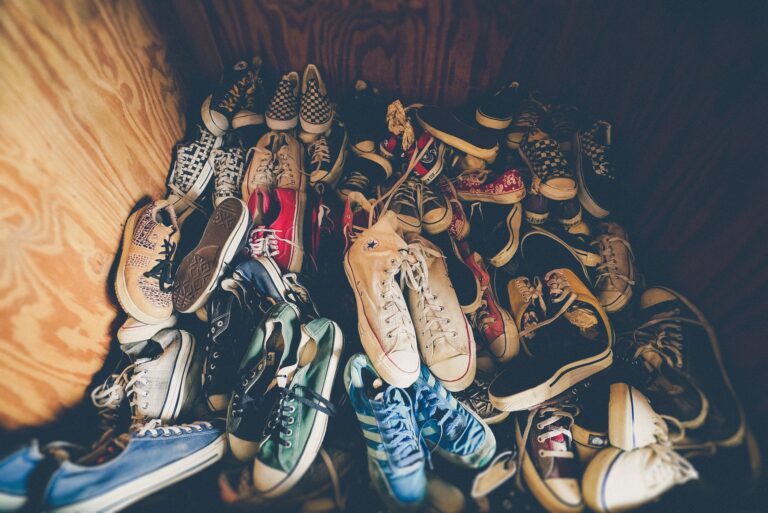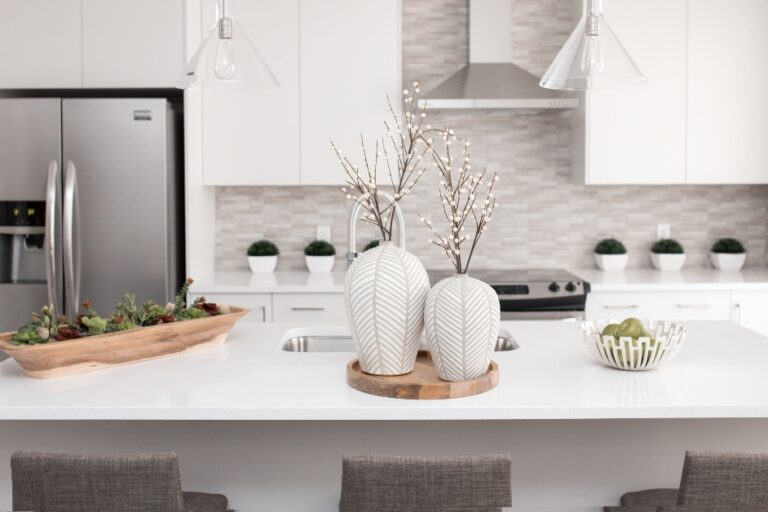6 Tips To Minimize Clutter When You Have Young Kids
In this article, I will share 6 tips on how to keep clutter at a minimum level when you have young kids at home.
As children quickly grow, new toys, new clothes, art supplies and other belongings also quickly accumulate. It can feel like an endless battle to keep your home tidy and without clutter.
But with some intentional planning and strategies, you can still enjoy a home a minimum level of clutter.
I will first share my personal experience, and then share the tips based on my experience.
My Personal Journey
My personal journey towards achieving a clutter-free home started about 6 years ago, back when our son was still a toddler. At that time, we were living in Asia, and just started to plan for our move to the US.
Moving to the other side of the globe was a big deal, and my husband and I really took our time (almost 3 years) to prepare. After researching on the costs and logistics of such a move, we decided early on, that we would only take sentimental and hard-to-replace items to the US.
As we went through rounds of decluttering, we also became more conscious about the stuff that we brought into the house. We didn’t want to collect any more of unnecessary stuff that was to be eventually decluttered before our move. It would be a waste of money and our energy.
Even though I did not particularly enjoy my decluttering experience (I guess that’s normal), I did gradually form a habit to shop with intention. This habit continued to serve me well after we embarked on our new life in the United States.
My son is now 9 years old, and I have been practicing keeping a clutter-free home for more than 6 years. Based on my experience and lessons learned from mistakes, I will share some tips and strategies that will help you keep a clutter-free home with young children.
tip #1: Figure out an optimal number of clothes to stick to
Let’s face it: we can totally get carried away when shopping for clothes for our little ones, especially when there’s a sale at the store.
A good way to prevent over-buying and over-stocking kids clothes is to set a limit. You can find the best number of clothes for your child and make an effort to stick to it.
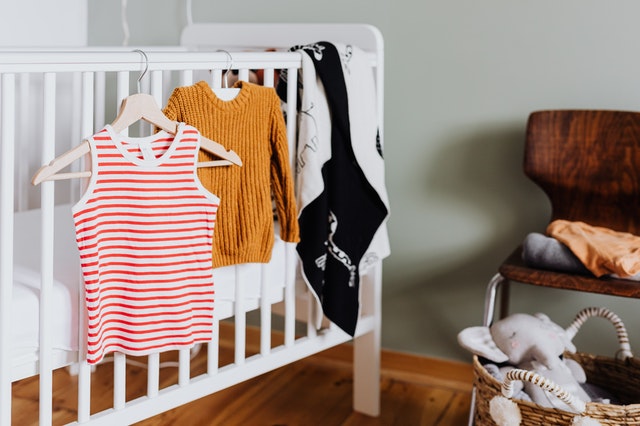
So, how do you figure out how many clothes your child needs?
Well, it’s not an exact science, but here are some things to consider:
- Think about where you live and the climate. If you’re in a place with distinct seasons, you might need more clothes for colder weather.
- Take into account your child’s activities. If they’re constantly getting messy or playing sports, you’ll want to prepare some extras.
- Of course, you’ll also want to think about their personal style and what they like to wear (for example, my son dislikes wearing button-down shirts so I have completely erased this category when shopping for him).
- Factor in how often you do laundry. If you’re a laundry master and can do it every day, you might be able to get away with fewer clothes. But if you only do it once a week, you’ll want to make sure you have enough to get through.
To maintain the number of clothing items, you will go through your child’s wardrobe regularly and declutter items he/she has outgrown. You will also stay focused when shopping, knowing exactly how many pieces you need in what categories.
Having an optimal number of clothes for your kids really helps you form a habit of decluttering, as well as become an intentional shopper.
Tip#2: Buy Quality Clothes
Now that you have figured out the optimal number of clothes for your child, you’ve become an intentional shopper, steering clear of impulsive buys, and in turn, saving money.
But how can you maximize your savings even further? Consider investing in higher-quality clothing. While the initial price per piece might be higher, you’re still making a smart financial move.
If you get items that are made from durable materials and are designed to withstand frequent washing and wear, it will help you avoid having to constantly replace clothes that have worn out before they become too small for your child.
In essence, you’re saving money in the long run by choosing quality over quantity.
Tip#3: Use ‘container concept’ to manage Toys
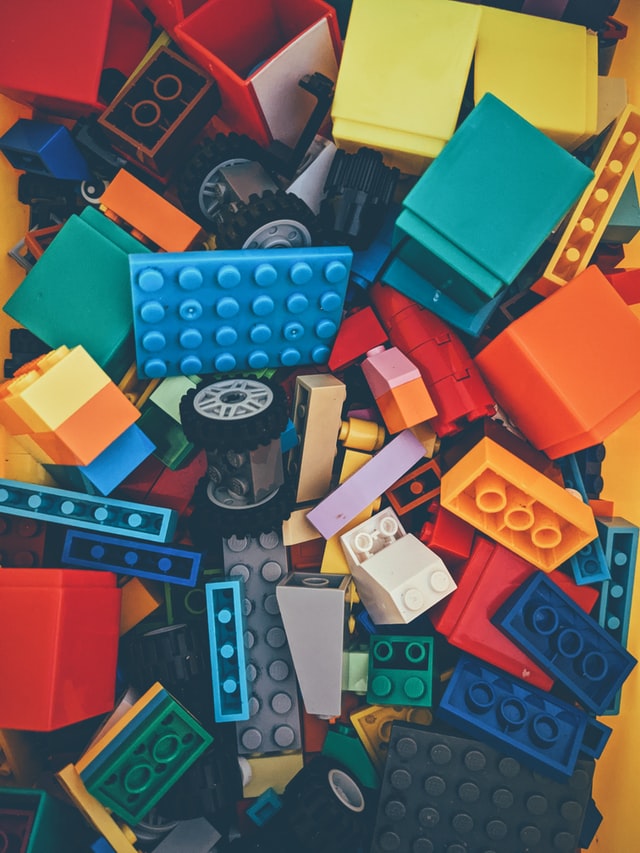
What is the container concept for toys?
Think of a situation where your child’s toys have filled all their storage space. Now, you face a choice: Do you buy more storage bins, or do you get rid of some toys to make room?
The best way is to declutter. That means going through your child’s toys and finding the ones they don’t play with anymore. By decluttering, you can free up space without needing to buy more storage. This way, you create room for new toys while keeping your home neat and tidy.
After repeatedly purchasing storage bins to keep up with my son’s growing number of toys, I finally learned my lesson and implemented the container concept when we moved into our current home.
I invested in a toy storage shelf and told my son, ‘You can keep as many toys as this storage shelf can hold, so remember to check regularly and ensure there’s enough room for new toys!’
Tip#4: Take advantage of e-books and your local library
Books are essential for your child’s learning and development, but they can also take up a lot of space.
To avoid accumulating too many books at once, borrow books from library more often instead of buying new ones every time your child wants something new to read. You can also buy e-books, which don’t take up physical space.
Tip#5: Take photos of Kids Artwork
Kids love to create artwork, and it’s essential to encourage their creativity. However, art projects can also take up a lot of space.
I used to be the mom who had to save every single piece of my son’s artwork. But since I started to think of “art” as a verb (instead of a noun), I have learned to appreciate my son’s joyful experience of creating art, rather than focusing on storing the finished product.
Here are what I do for my son’s artwork:
- I take a photo of my son holding his artwork. I want my son to be in the photo because it captures not only his work, but also the joy and pride he feels in that moment, creating a beautiful memory we can cherish together.
- Once a year, I make these photos into a slideshow or a video, to share with grandparents and love ones who live far away.
- Occasionally, when he creates something exceptionally great, I display it on a designated wall. I also take photos of the wall and create an annual video, before decluttering to make space for new artworks.
I also use a fantastic digital photo frame for displaying photos. It connects to a smartphone app, making it incredibly easy to access and select pictures from my phone.
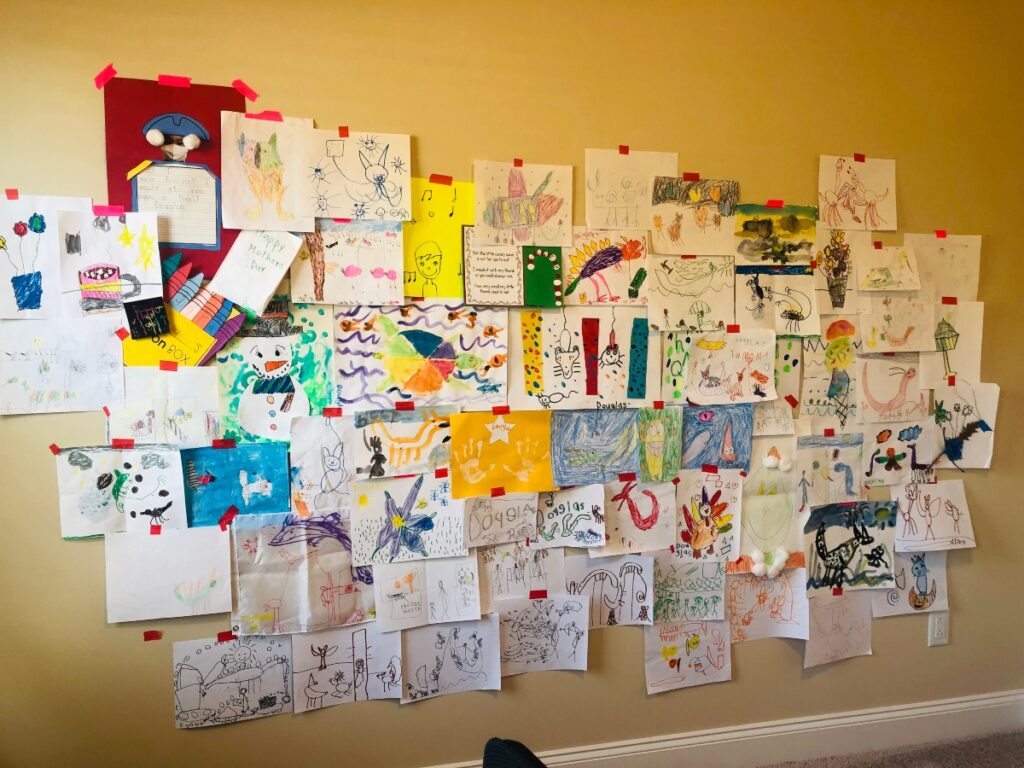
Tip#6: schedule donation well in advance
One effective strategy to ensure you stay committed to decluttering is to schedule your donation drop-offs or pick-ups well in advance.
By setting specific dates, you create a sense of accountability. Without a scheduled commitment, it’s easy to procrastinate or find excuses to postpone the decluttering process.
So, mark those dates on your calendar and stay committed to simplifying your living space!
Conclusion:
Keeping a clutter-free home with young kids doesn’t have to be overwhelming or time-consuming. These are the tips that I shared:
- Figure out an optimal number of clothes to stick to.
- Buy quality clothes
- Use ‘Container Concept’ to manage toys
- Take advantages of e-books and your local library
- Take phots of your kids’ artworks
- Schedule donation drop-offs well in advance
I hope these tips were helpful to you!
